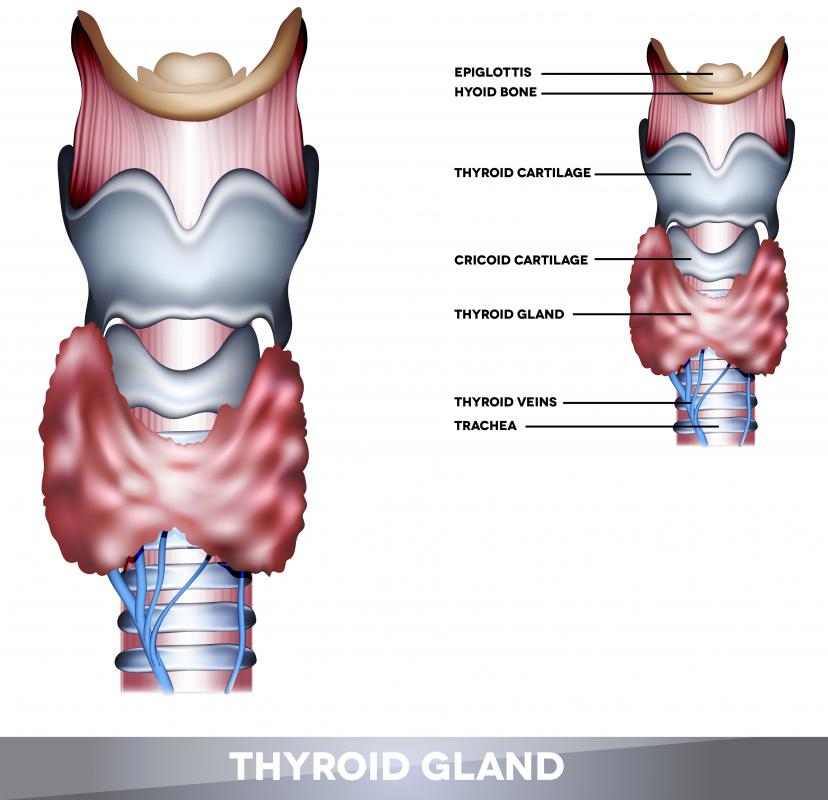At WiseGEEK, we're committed to delivering accurate, trustworthy information. Our expert-authored content is rigorously fact-checked and sourced from credible authorities. Discover how we uphold the highest standards in providing you with reliable knowledge.
What Is Erythema Annulare Centrifugum?
Erythema annulare centrifugum, or erythema perstans, is a rare condition in which red rings develop on the skin. The cause is often unknown but the disorder is sometimes associated with certain drugs, infections, cancers, and other medical conditions. There may be no symptoms aside from the discolorations, but they are sometimes accompanied by itching, as well as the symptoms of any underlying diseases. The condition usually gets better either by itself or when the underlying disorder is cured. This condition is important because it can indicate the presence of an associated serious disease, such as cancer, that might otherwise be hidden.
Both men and women are equally affected by erythema annulare centrifugum, and the disorder can develop at any age. Skin lesions may occur on any part of the body except the palms of the hands and the soles of the feet, but most often they develop on the legs. Typically, the condition begins with raised red bumps that spread out in a circle while the center clears, forming a red or pink ring. The edge of the circle is thickened and firm, and there may be skin scales on the inner side.

There are a number of different varieties of the condition, and they are sometimes divided into two main types: superficial gyrate erythema and deep gyrate erythema. The superficial type is more frequently seen, and it tends to be itchy and scaly, where the deep type does not itch or form skin scales. Blisters full of fluid may be associated with either form of the condition.

Medicines that have a known association with erythema annulare centrifugum include some antimalarial drugs, aspirin, and penicillin. A bacterial, viral, parasitic, or fungal infection may also cause the disorder, as may an insect bite. Foods such as tomatoes and blue cheese can cause these rings as part of an allergic response. Cancers, particularly lymphomas, are known to cause the condition, and other associated diseases include hyperthyroidism, sarcoidosis and osteoarthritis. Sometimes, the rings develop during pregnancy.

Erythema annulare centrifugum may resolve on its own, and the average length of time before this happens is around 11 months. In some cases, the disorder has been known to disappear in a matter of weeks or to recur over a period of decades. Steroid preparations applied to the skin may help get rid of existing skin lesions but will not prevent new ones from developing. Injected steroids can treat the disorder temporarily, but it soon recurs once the drugs are stopped.
AS FEATURED ON:
AS FEATURED ON:














Discuss this Article
Post your comments